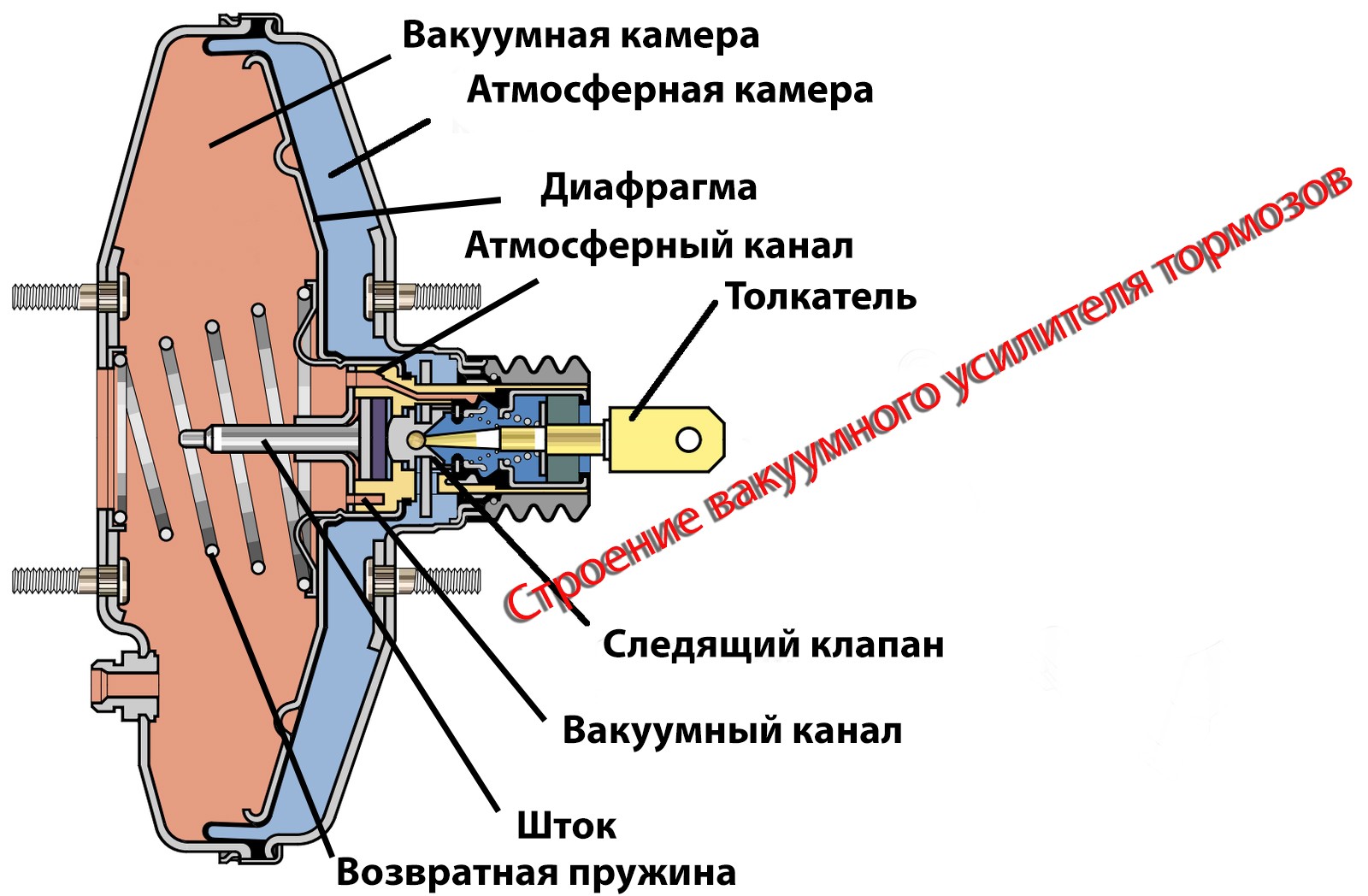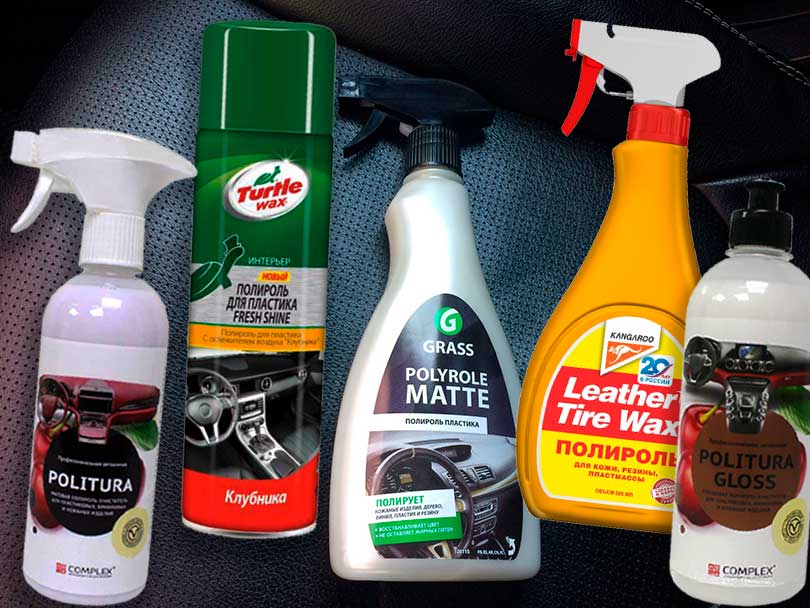
Difference Between Brake Booster and Vacuum Brake Booster
Content
If you have a car made after 1968, it is likely that you have a power brake system. Although there are several options for the development of this vital vehicle operating system, the basic premise of applying leverage, forced hydraulic pressure and friction is still the basic process for slowing down and stopping a vehicle. One of the most commonly misunderstood issues is understanding the difference between a brake booster and a brake booster.
In truth, the brake booster and vacuum brake booster are the same part. Each uses vacuum pressure to help apply hydraulic fluid and exploit the friction between the brake disc and pads. Where confusion exists, the Hydro-Boost Power Brake Assist is referred to as the brake booster. The Hydro-Boost system eliminates the need for a vacuum and uses direct hydraulic pressure to do the same job.
To simplify things, let's break down how a vacuum brake booster works as opposed to a hydraulic brake booster, and also run a few tests to diagnose potential problems with both.
How does a vacuum brake booster work?
The vacuum brake booster receives its power through a vacuum system attached to the engine intake manifold. The vacuum circulates through the brake booster, which applies pressure to the hydraulic brake lines when the brake pedal is depressed. This system is used in a vacuum or brake booster. The vacuum generated by the engine actuates an internal chamber that transfers force to the hydraulic brake lines.
As a rule, there are three reasons for the failure of the vacuum brake booster:
There is no vacuum from the engine.
The inability of the brake booster to absorb or create a vacuum inside.
Broken internal parts such as the check valve and vacuum hose inside the brake booster that cannot supply power to the hydraulic lines.
What is the Hydro-Boost Power Assist Service?
The power steering system works in much the same way as a vacuum system, but instead of using vacuum pressure, it uses direct hydraulic pressure. It is driven by the power steering pump and usually fails at the same time as the power steering. In fact, this is usually the first sign of power brake failure. However, this system uses a series of backups to keep the power brakes working for a short period of time in the event of a power steering hose rupture or power steering belt break.
Why is the brake booster called a vacuum brake booster?
The brake booster is designed to provide additional braking assistance. It is mainly because of the operation of the brake booster that the vacuum system is called the brake booster. The hydraulic brake booster is also often associated with the term brake booster. The key to knowing what type of brake booster your vehicle has is to refer to your vehicle owner's manual.
Most often this question is asked when a problem with the brake system pops up. A professional mechanic can be very helpful in diagnosing a brake problem. During the inspection of the brake system, they will perform several diagnostic tests to determine the underlying source. This includes the brake booster. If you have a vacuum or hydraulic system, they will be able to identify the problem and recommend the best parts and repairs needed to get your car back on the road.

